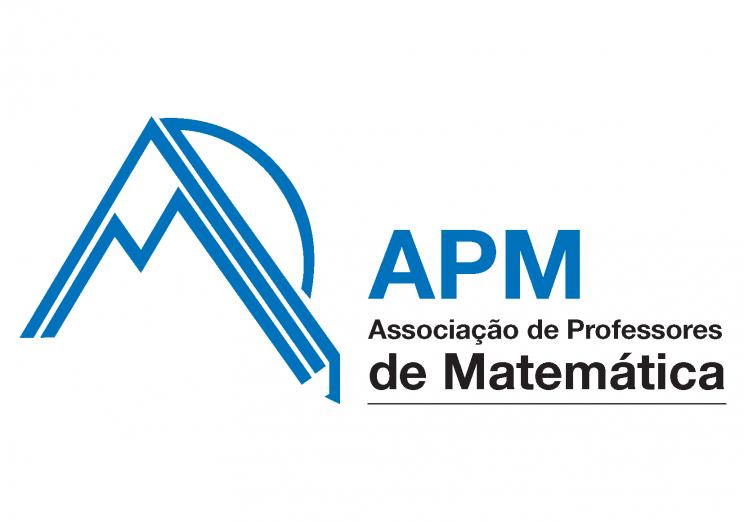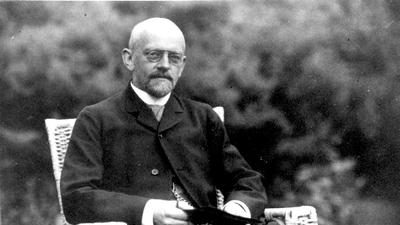PiME – Proof in Mathematics Education
October 26th, 2019.
FCT, Universidade Nova de Lisboa, Campus de Caparica.
Organizers
- Helena Rocha, Universidade Nova de Lisboa (Chair)
- Isabel Oitavem, Universidade Nova de Lisboa
- Reinhard Kahle, Universität Tübingen & Universidade Nova de Lisboa
- António Domingos, Universidade Nova de Lisboa
Support
- Departamento de Matemática, FCT, UNL
- CMA, FCT, UNL
- Hilbert’s 24th Problem (PTDC/MHC-FIL/2583/2014)
- Nova.ID.FCT



Location
Sala de Seminários (Seminar Room), Edifício VII
Departamento de Matemática, Faculdade de Ciência e Tecnologia, Universidade Nova de Lisboa
Campus de Caparica
Registration
Please register for the meeting as soon as possible: link for registration.
If you have any further question, please contact Helena Rocha at hcr@fct.unl.pt.
Speakers
- David Reid, Universitetet i Agder, Norway
- Alessandra Mariotti, Università di Siena, Italy
- Jaime Carvalho e Silva, Universidade de Coimbra, Portugal
- Helena Rocha, Universidade Nova de Lisboa, Portugal
- Reinhard Kahle, Universität Tübingen, Germany & Universidade Nova de Lisboa, Portugal
Programme
| 9:30h – 10h | Opening |
| 10h – 11h | David Reid: Forms and functions of proofs in schools |
| 11h – 11:30h | Coffee break |
| 11:30h – 12:30h | Helena Rocha: Perspectives on mathematical proof by teachers of different levels |
| 12:30h – 14h | Lunch |
| 14h – 15h | Alessandra Mariotti: Contexts for developing students’ sense of proof |
| 15h – 16h | Jaime Carvalho e Silva: The saga of mathematical proofs in Secondary Education in Portugal |
| 16h – 16:30h | Coffee break |
| 16:30h – 17:30h | Reinhard Kahle: A Turing test for mathematical proof |
| 17:30h – 18h | Closing |
Abstracts
- Forms and functions of proofs in schools
David Reid, Universitetet i Agder, Norway
In recent years there have been calls in many countries for an increased focus on proofs at all grade levels. In the past, proofs in school contexts have been limited to the later grades and often restricted to geometry or to algebraic manipulations. If proofs are a topic in all grades, we must consider what forms of proofs are appropriate in different contexts, and what function they might have in learning mathematics. I will explore these questions and some possible answers to them. - Perspectives on mathematical proof by teachers of different levels
Helena Rocha, Universidade Nova de Lisboa, Portugal
This study intends to analyze the perspectives of teachers of different levels regarding proof and its functions in Mathematics and Mathematics teaching. Adopting a methodology of a qualitative nature, and based on interviews, the perspectives of teachers of upper secondary, higher education and training teachers of Mathematics were collected. The conclusions reached suggest that teachers seem to share a formal conception of mathematical proof, recognizing the need to introduce some simplification when considering proof in Mathematics teaching as well as the importance of their functions of validation, contribution to learning and even a cultural function. - Contexts for developing students’ sense of proof
Maria Alessandra Mariotti, Università di Siena, Italy
Within the frame of the Theory of Semiotic Mediation I will describe and explain the role of specific computer based contexts in fostering the development of students’ sense of proof.
Elaborating on the Vygotskian notion of semiotic mediation I intend to explain how the didactic use of computational tools can support students’ introduction to mathematical proof.
The key element on which the process of semiotic mediation is based concerns on the one hand, the link between tools and meanings emerging from their use in classroom activities and on the other hand the mathematical notions, which are the objective of instruction. Thus the discussion on the use of computational tools in the perspective of semiotic mediation, requires a complex analysis that can be summarized in the following components:
1. Epistemological analysis. The mathematical notions we intend to deal with; specifically, some key aspects in developing students’ sense of proof will be discussed, such as the idea of Theorem as the system of a statement, a proof and a theory within which such a proof make sense; the idea of conditional statement as the logical relation between premises and conclusion.
2. Cognitive analysis. The use of an artefact according a specific purpose generates schemes of utilization, contributing to the emergence of meanings, but also that use creates in the classroom a meaningful environment within which interpersonal discourse may evolve.
3. Didactical analysis. The design of the introduction and integration of an artefact in the classroom activities; strictly related to the cognitive analysis the didactic analysis is aimed to set up the teaching sequence.
Examples will be presented, drawn from different teaching experiments, aiming at illustrating different aspects of the semiotic mediation process, as it may unfold in the solution of specific tasks and support the educational goal. - The saga of mathematical proofs in Secondary Education in Portugal
Jaime Carvalho e Silva, Universidade de Coimbra, Portugal
In the eighties there were mathematical proofs that were compulsory in Secondary Education in Portugal. Nowadays there are mathematical proofs that were compulsory both in Basic and Secondary Education. In the meantime lots of different approaches have occurred with some occasional proofs present in national examinations. What to figure out of all this (rich?) history? - A Turing test for mathematical proof
Reinhard Kahle, Universität Tübingen, Germany & Universidade Nova de Lisboa, Portugal
We discuss how the famous Turing Test, applied to mathematical proof, helps us to better understand and sharpen our notion of mathematical proof. It also shed light on the way how we should examine (the knowledge of) proofs. (Joint work with Jesse Alama.)
